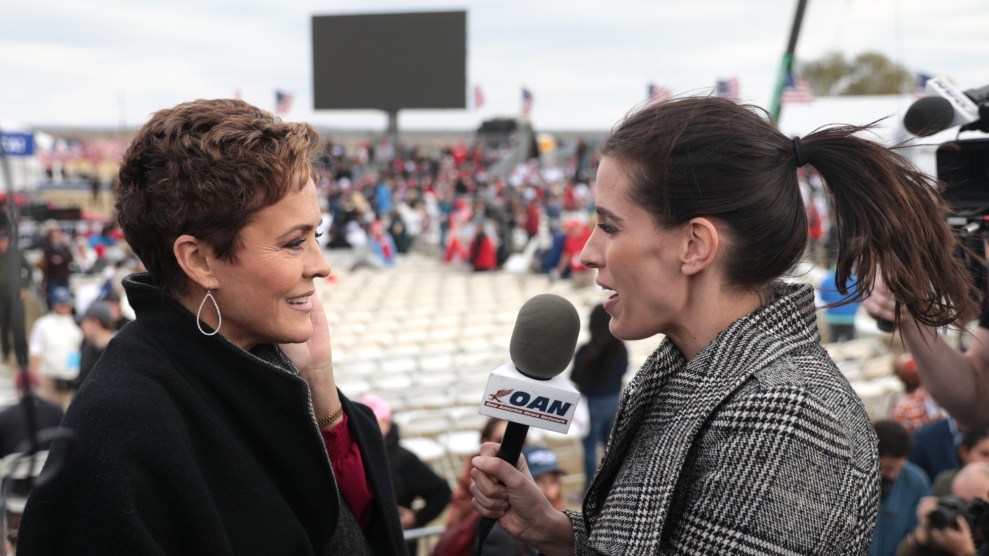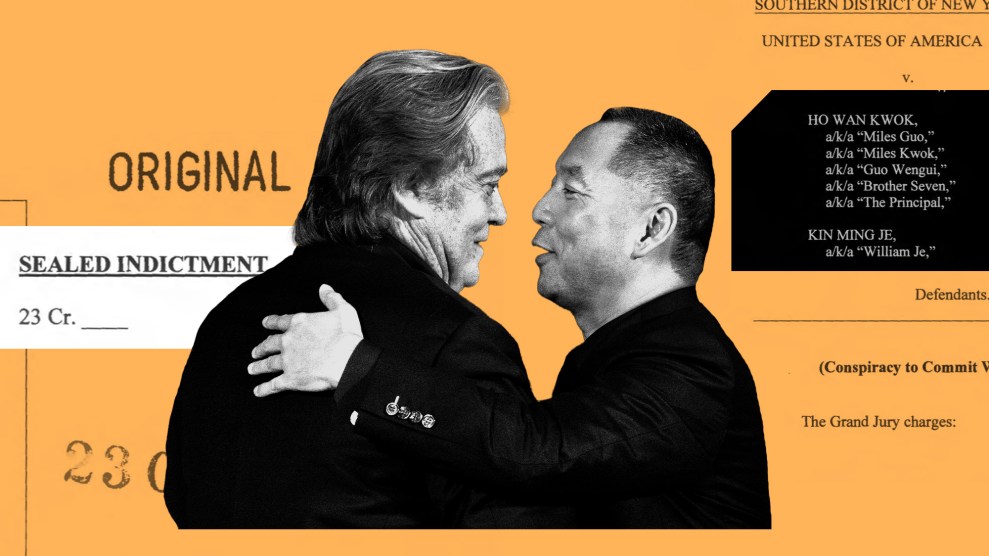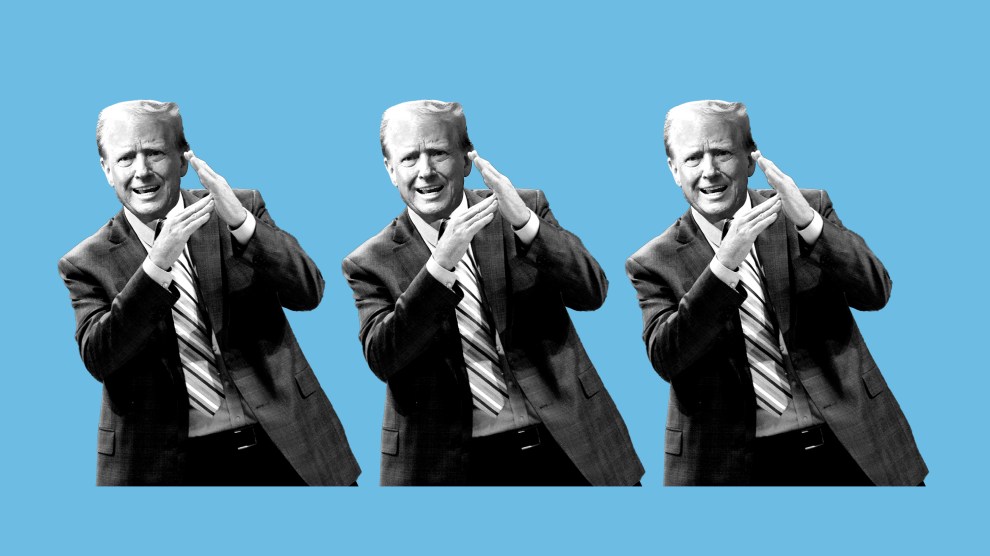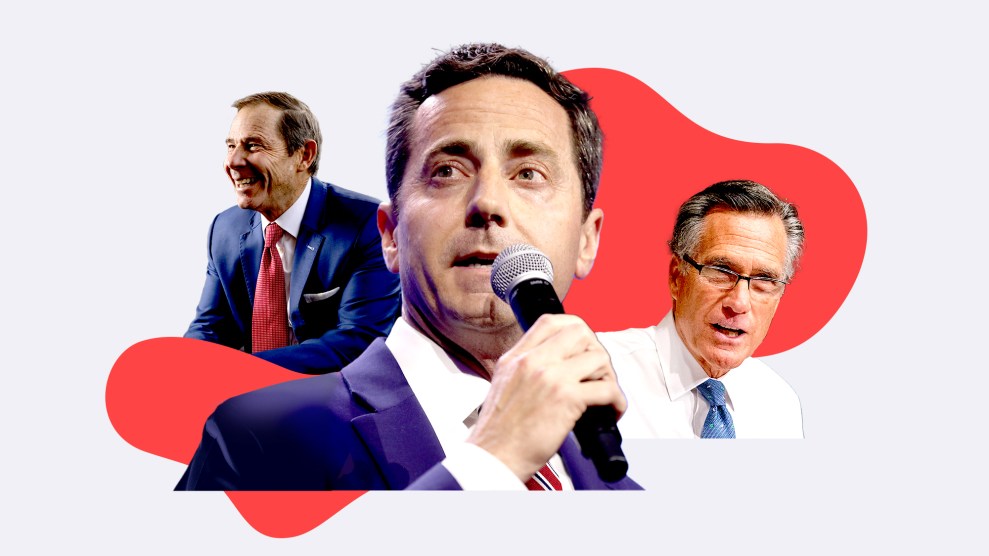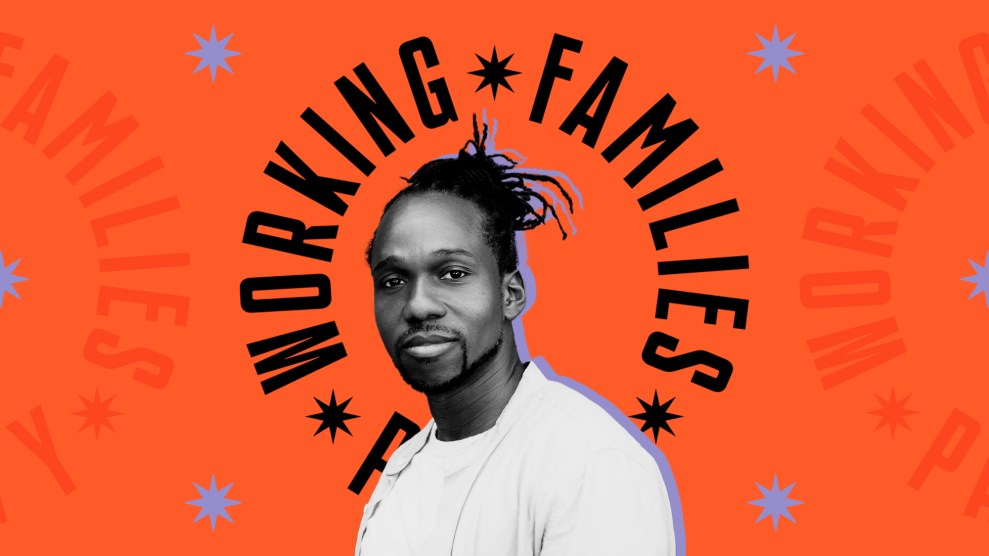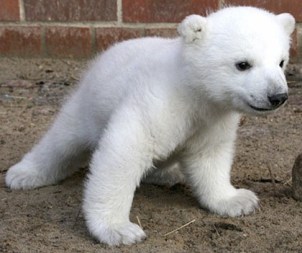
Meet Knut . He’s a three-month-old polar bear cub, a roly-poly ball of white fuzz with bright black eyes. He enjoys hugging his soccer ball, gnawing on scrub brushes, and following his keeper around from room to room. Frank Albrecht wants him dead.
Animal rights activist Albrecht says that Knut, who was born at the Berlin Zoo in December and neglected by his mother, is having his natural instincts twisted. By raising the cub themselves, Albrecht says, zoo officials are perverting nature. “Raising him by hand is not appropriate to the species but rather a blatant violation of animal welfare laws,” Albrecht told the German newspaper Bild. “In actual fact, the zoo needs to kill the bear cub.” Albrecht later said that “If a polar bear mother rejected the baby, then I believe the zoo must follow the instincts of nature.”
And Albrecht isn’t the only one who wants to put the kibosh on Knut. Rudiger Schmiedel, director of the German Bear Foundation said, “You can’t domesticate a wild animal …When Knut reaches puberty, his keeper is going to get a whack upside the head.” Activists from Germany’s Green Party and Left Party also expressed opposition to the zoo’s decision to hand-raise the cub.
Getting rid of Knut would be a hard sell: daily Berlin papers feature front page pics of the cub’s gambolings, tv stations happily broadcast videos of him, and the city’s hockey team wants the baby bruin as their mascot. Photographer Annie Liebovitz took Knut’s portrait on Saturday for a wilderness conservation campaign. All this is before Knut has even made his public debut. Although fans can see pics of Knut on the Berlin Zoo’s website, the real-life cub only just reached his public-display weight requirement (18 lbs) on Friday. Zoo officials say that Knut will be unveiled to Berliners in a week or so.
Zoo officials say that Knut is valuable not just as an attraction, but as part of a dwindling polar bear DNA pool. “Polar bears are under threat of extinction,” said Andre Schuele, the veternarian who cares for Knut. “if we feed the bear with a bottle, it has a good chance of growing up and perhaps becoming attractive as a stud for other zoos.”
—Jen Phillips
